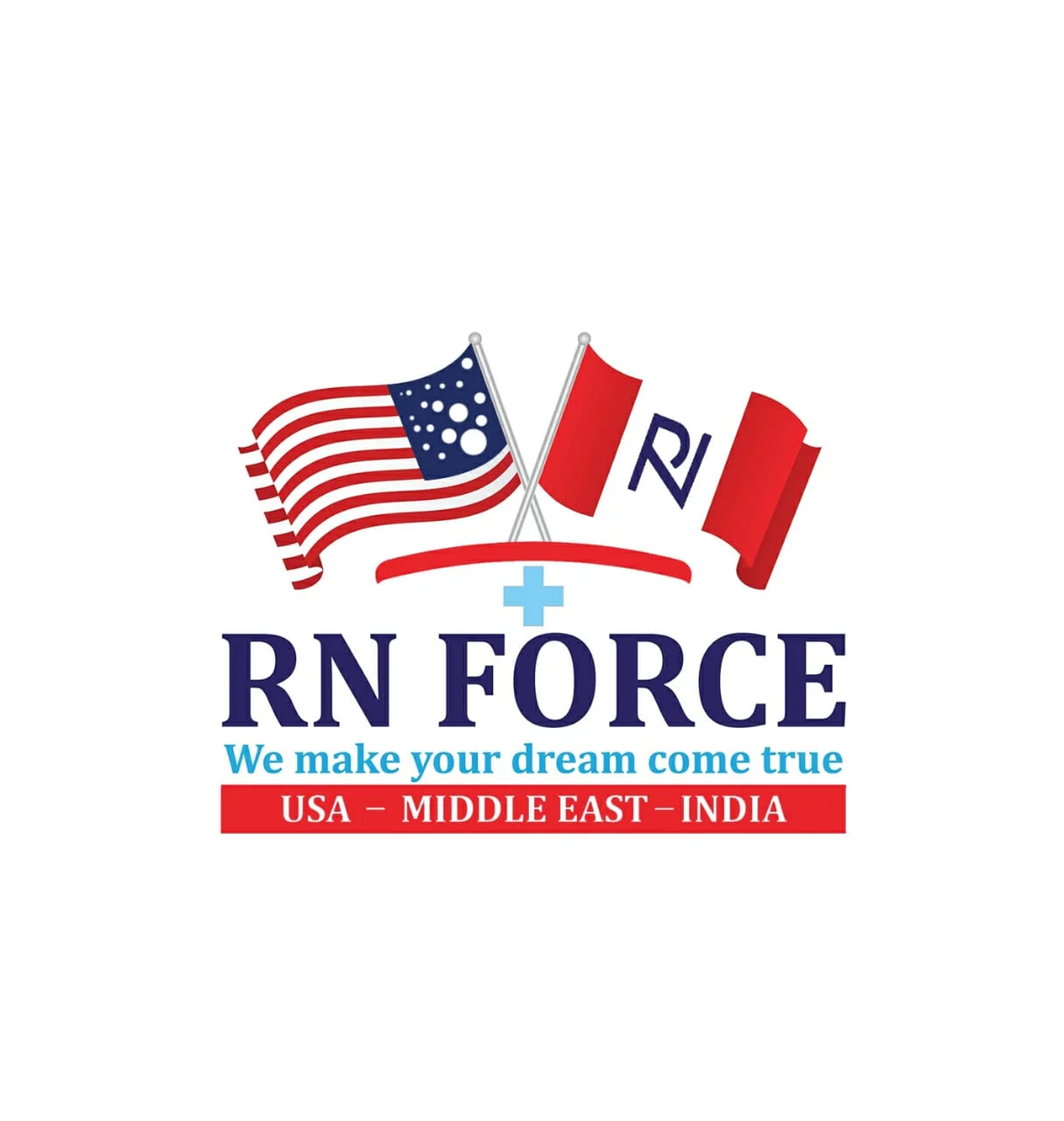Effective nurse-patient communication is at the heart of quality healthcare delivery. In Canada, where diversity is celebrated, providing excellent care requires nurses to navigate various cultural backgrounds, languages, and communication styles. In this blog, Rn Force explores the importance of nurse-patient communication in the Canadian healthcare system and offers practical strategies to enhance this crucial aspect of care.
Building Rapport: Establishing a strong nurse-patient rapport lays the foundation for effective communication. Active listening, empathy, and genuine interest in the patient’s concerns help foster trust and open dialogue. By actively engaging with patients, nurses can create an environment that promotes collaborative care.
Cultural Competence: Canada is a multicultural nation, and healthcare providers must be culturally competent to provide equitable care. Understanding patients’ cultural beliefs, values, and communication preferences enables nurses to tailor their approach accordingly. Bridging cultural gaps can lead to better patient outcomes and patient satisfaction.
Language Access: Language barriers can significantly hinder effective communication. Nurses should explore language access services such as professional interpreters or language line services to ensure accurate and comprehensive communication. Simple gestures like learning basic phrases in patients’ languages can also foster rapport.
Health Literacy: Health literacy refers to a patient’s ability to understand and act upon health information. Nurses play a vital role in simplifying complex medical jargon, using visual aids, and verifying patient comprehension. Encouraging patients to ask questions and actively participate in their care empowers them to make informed decisions.
Nonverbal Communication: Nonverbal cues, such as facial expressions, body language, and touch, can convey empathy, comfort, and reassurance. Nurses should be mindful of their nonverbal communication, ensuring it aligns with their verbal messages and respects cultural norms and boundaries.
Technology in Communication: The digital age has revolutionised healthcare communication. Nurses can utilise electronic health records, secure messaging systems, and tele-health platforms to communicate with patients. However, it’s crucial to strike a balance between technological interactions and face-to-face connections.
In the Canadian healthcare system, effective nurse-patient communication is essential for delivering patient-centered care. By building rapport, being culturally competent, addressing language barriers, promoting health literacy, utilising nonverbal cues, and leveraging technology appropriately, nurses can enhance communication and positively impact patient outcomes. Prioritising communication skills ensures that every patient’s voice is heard and that healthcare remains accessible and inclusive for all Canadians.






